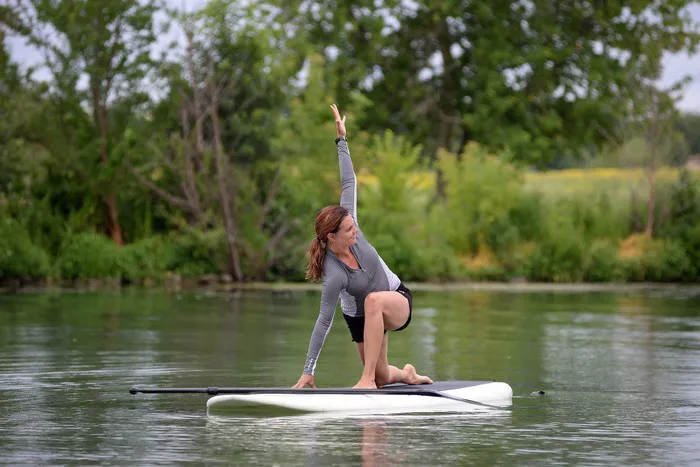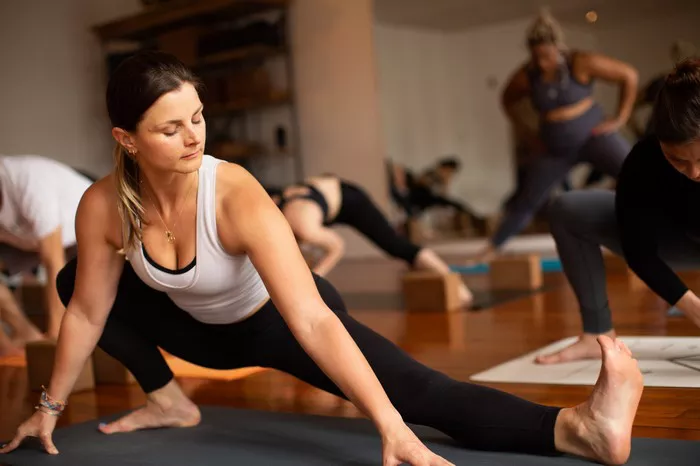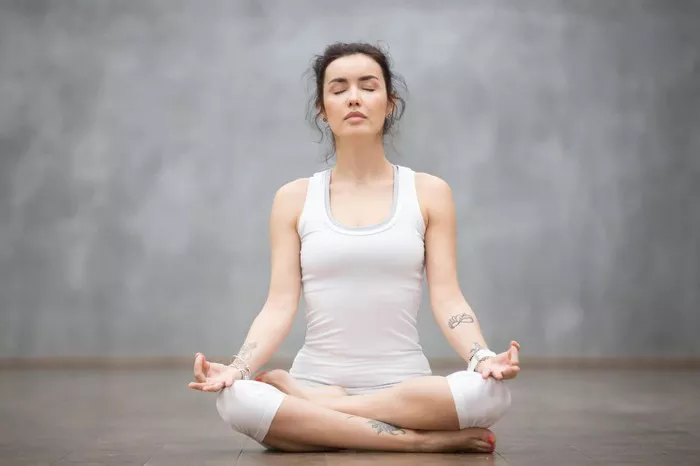Water yoga, a lesser-known yet increasingly popular form of aquatic exercise, merges the principles of yoga with the therapeutic properties of water. As individuals seek diverse ways to enhance their physical and mental well-being, water yoga emerges as a unique practice offering a multitude of benefits. In this article, we delve into the intricacies of water yoga, exploring its origins, techniques, equipment, and considerations for practitioners.
Origins and Evolution
Water yoga finds its roots in traditional yoga practices and aquatic fitness routines. While the exact origin of water yoga remains unclear, it draws inspiration from ancient yogic traditions and the therapeutic properties of water. Over time, fitness enthusiasts and yoga instructors have adapted and refined traditional yoga poses and sequences to be performed in water.
Techniques and Practices
Water yoga incorporates familiar yoga poses and sequences, modifying them to suit the aquatic environment. Practitioners perform asanas (poses) and pranayama (breathing exercises) in shallow or deep water, utilizing buoyancy and resistance to enhance the workout. Key techniques in water yoga include:
1. Buoyancy Utilization: Water’s buoyant force supports the body, reducing the impact on joints and facilitating deeper stretches.
2. Resistance Training: Moving against the water’s resistance increases muscle engagement, providing a challenging workout.
3. Balance and Stability: Water’s instability challenges balance and core strength, leading to improved stability over time.
4. Breath Awareness: Practitioners focus on mindful breathing, synchronizing movement with inhalation and exhalation.
5. Flowing Movements: Fluid movements in water encourage a sense of flow and relaxation, promoting a meditative state.
Equipment and Accessories
While water yoga can be practiced with minimal equipment, certain accessories enhance the experience and effectiveness of the workout. Common equipment used in water yoga includes:
1. Aquatic Yoga Mat: Specially designed mats provide traction and stability on pool surfaces, enabling practitioners to perform poses comfortably.
2. Water Dumbbells and Resistance Bands: These tools add resistance to movements, intensifying the workout and targeting specific muscle groups.
3. Floating Straps and Blocks: Straps and blocks made of buoyant materials assist with stability and alignment during poses, particularly in deep water.
4. Water Shoes: Non-slip water shoes provide traction and protect the feet from rough pool surfaces, enhancing safety and comfort.
Considerations for Practitioners
While water yoga offers numerous benefits, practitioners should consider certain factors to ensure a safe and effective practice:
1. Water Depth and Temperature: Practitioners should choose a water depth that allows for full range of motion without causing strain. Additionally, maintaining a comfortable water temperature is essential for an enjoyable experience.
2. Personal Fitness Level: Individuals of all fitness levels can practice water yoga, but beginners may benefit from starting in shallow water and gradually progressing to deeper levels.
3. Instructor Qualifications: Working with a certified water yoga instructor ensures proper guidance and supervision, reducing the risk of injury and maximizing the benefits of the practice.
4. Health Conditions: Individuals with pre-existing health conditions should consult with a healthcare professional before beginning any new exercise regimen, including water yoga.
5. Hydration and Sun Protection: Practitioners should stay hydrated and apply sunscreen when practicing outdoors to prevent dehydration and sunburn.
Conclusion
Water yoga offers a refreshing and rejuvenating approach to fitness and wellness, blending the ancient principles of yoga with the therapeutic properties of water. With its emphasis on mindful movement, breath awareness, and holistic well-being, water yoga provides a unique opportunity for individuals to enhance their physical strength, flexibility, and mental clarity. By exploring the origins, techniques, equipment, and considerations associated with water yoga, practitioners can embark on a journey towards improved health and vitality both in and out of the water.
















